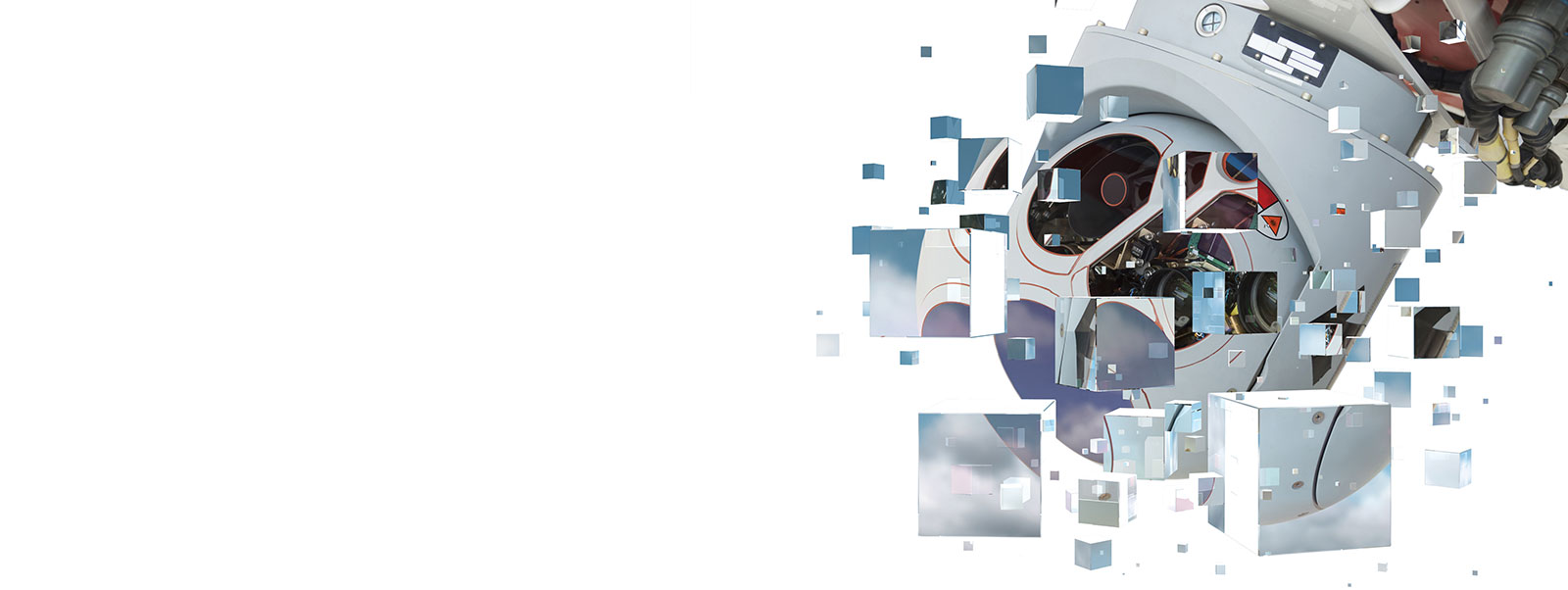While 60% of drone usage currently relates to communications and media such as for film making and commercial photography, new higher-value applications are on their way, as drones have a significant advantage in terms of precision, convenience, and cost over more traditional solutions such as satellites and helicopters. Drone-mounted sensors can be used to capture an impressive array of data, paving the way for increased digitalization of industrial processes.
Commercial drones are about to become a new source for digital information.
Leaders across a spectrum of industries are already availing themselves of drone-based data. In the oil industry, for example, what used to be weeks of inspection work now takes just days, thanks to drone-based thermal imaging and gas “sniffer” technology to inspect oil rigs and pipelines. Sky Futures, a third-party drone services company that specializes in such inspections, works with oil companies, such as BP, Shell, Statoil, and Conoco Philips, and has raised $9.5 million in investment capital in just the past year.
In transportation, American railroad BNSF is partnering with the Federal Aviation Administration to test drones for remote track and bridge inspection and air quality monitoring. Network Rail in the United Kingdom is using drones as part of its ORBIS project to digitize the country’s rail network in 3D, to enable better planning of track maintenance and renewal. Airlines Easyjet and Lufthansa have adopted drones as a tool for aircraft inspections.
Other industries are being persuaded by the cost and safety benefits of drone-based data as well. Mining giant Rio Tinto is using drones to survey equipment and mining pits in Western Australia. Heavy machinery company Caterpillar is reportedly exploring the use of drones for fleet vehicle management in the field, while drones are the cornerstone of Komatsu’s “Smart Construction” service, which can fully automate bulldozers and excavators. And one of retail’s largest players, Walmart, is testing how drones could help improve warehouse inventory management.
The multiplying possibilities of drone-based data could inspire across-the-board alterations in data gathering strategies, particularly if such changes lead to cost savings, improved safety, and enhanced analytics. For example, savings are to be had in analysis of inventory stockpiles, thermal imaging of pipelines and rail lines, three-dimensional modeling of insurance claims, and non-destructive terahertz imaging for buildings. Soon, it might be worthwhile for many companies to check whether drone-based data could add value – either to optimize current operations or offer new avenues for growth.
If a company can identify potential benefits, it can then consider whether to consolidate drone program development across multiple business units or subsidiaries, so as to concentrate investment dollars and strengthen data analytics. In addition, organizations that decide to invest in drones may need to adjust their data architectures and processes – and improve their understanding of local regulations. While some drone-based data may complement existing information, some will make other information-gathering methods obsolete. Given that drones have little track record as yet, determining the “best” method for data gathering will require strict analysis of benefits versus costs, such as through pilot programs, before undertaking expensive functional restructuring.
Businesses also will need to determine whether to run their own drones or outsource. Factors such as investment horizon, need for data security, and desired development speed will influence this choice. A company might opt for in-house drone operation and data analysis if it is concerned about proprietary issues or security, is willing to make a substantial up-front investment, and wants to take a “learn by doing” approach. As an example, French railway operator SNCF is using an internal drone program to enhance safety and maintenance through network surveillance.
Outsourcing may make more sense, on the other hand, where data can be shared (even possibly leading to industry-wide solutions), or if a company wants to get a drone-based data program off the ground quickly and with less investment. Commercially qualified drone services firms offering multi-sensor data have sprung up in a number of industries already, and partnering with such firms is proving to be a popular option where companies prefer to engage a specialist already versed in the complexities of the technology as well as applicable drone regulations. In some cases, these partnerships are leading to new business ventures: Lufthansa Aerial Services inked a deal in January with drone maker DJI to develop specialized commercial UAV applications – starting with a pilot project for a wind turbine manufacturer.
Finally, whether they outsource or develop their drone teams in-house, organizations will need to develop internal capabilities for big-data analytics to make use of this new wealth of information. This will mean hiring the types of data scientists typically found at data-rich technology companies. Demand for such specialists is likely to heat up quickly as an increasing number of industries turn to drone-based data.
For many companies, drones are quickly becoming another component that must be considered in developing digitalization strategies. Backed by cloud services and big-data techniques, the unprecedented data gathering capabilities of drones have the potential to radically alter the competitive dynamics of the information landscape.
This story first appeared in Harvard Business Review.






